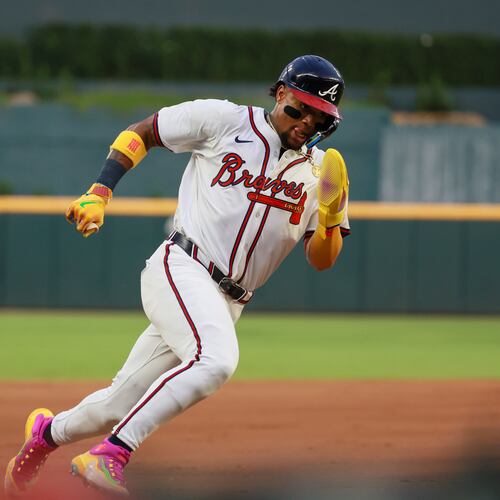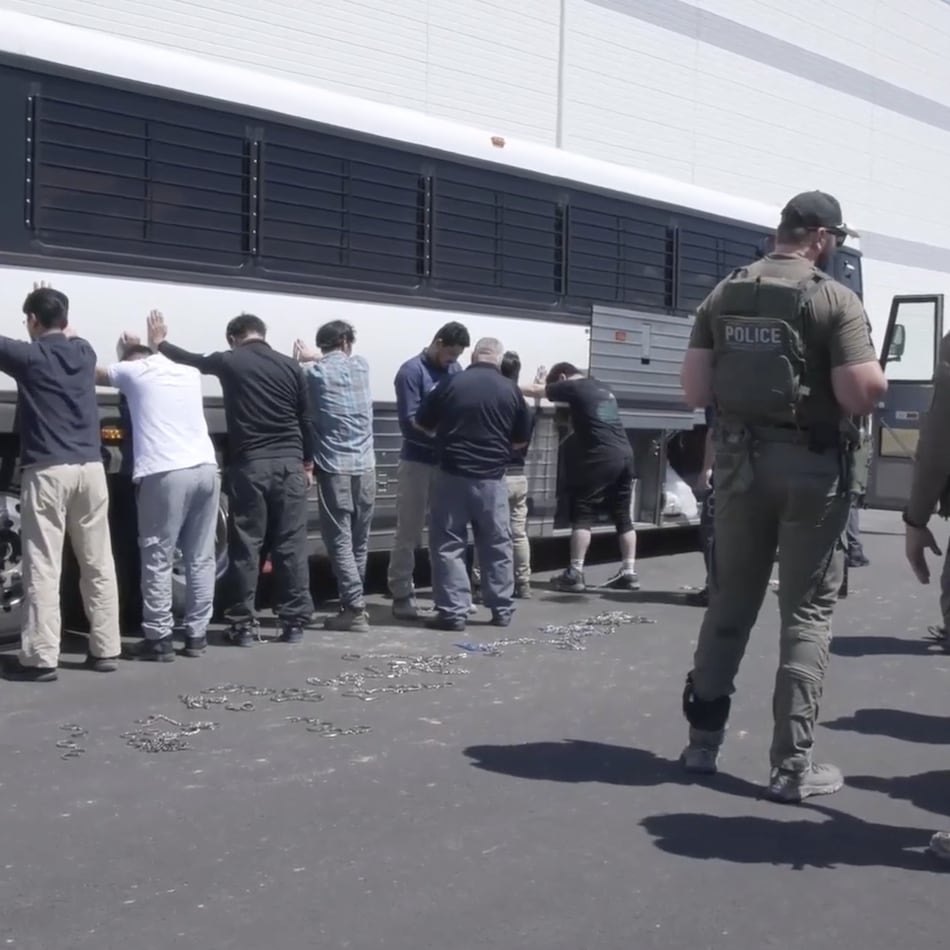The first time Joe Thurston saw the new S100 batting helmet, he thought a comedy routine had broken out on top of his teammate's head.
"Brendan Ryan was taking [batting practice] with it on," said Thurston, a Gwinnett Braves third baseman who last year played with St. Louis. "And I couldn't take ground balls because I was laughing so hard. I didn't know what it was. I thought it was a joke."
This season, the joke is on Thurston and quite literally. Like all minor leaguers, Thurston is mandated to wear the Rawlings S100 helmet this season, so named because it is designed to withstand a 100 mph fastball. Deemed heavy, bulky, uncomfortable and altogether unsightly, the S100's popularity among players ranks somewhere between micro-thin and non-existent.
Said G-Braves right fielder Mitch Jones, "None of the players really like them."
Major League Baseball made the S100 mandatory ruling last August after a spate of players sustained concussions from being struck in the head by pitched balls. That followed three years of development that Rawlings had put into the S100. Prior to that, Rawlings senior vice president of sports marketing and business development Mike Thompson said, helmet technology hadn't changed much in 20 years.
"It's your brain," Thompson said. "Why wouldn't you want to protect that thing?"
Players, however, are fine with the lesser protection they received with the old helmets.
Said Jones of the S100, "It's big, it's heavy, it's bulky."
The S100 is indeed bigger and heavier than those worn by major leaguers. The shell is larger and the padding is thicker than the older models.
"You'd think you'd get used to them, but you don't," Thurston said. "Every time you put it on, you're thinking, ‘Oh, this freaking helmet.'"
They also aren't enthused about the appearance. Their size gives the appearance of a toddler wearing his older brother's hat. Jones compared them to space helmets.
"The smaller guys look worse and the big guys look terrible, too, because [the helmets] are so big and they've got this big ‘Halo 2′ helmet on," said Thurston, referring to the combat video game.
Players also gripe that they had no voice in the matter. MLB could mandate the helmet for minor leaguers because they don't have a players union, unlike major leaguers.
"It's my career and you'd like to think that I would have some say-so in the equipment I put on," G-Braves first baseman Wes Timmons said.
Said Jones, "I think the biggest issue guys here have with them is that, besides that they're uncomfortable and bulky, in the minor leagues, people tell you what to do."
Only one major leaguer, the Yankees' Francisco Cervelli, regularly wears the S100.
MLB hopes that by introducing the helmet to players in minor leagues, they will bring them to the big leagues when called up. It also hopes that resistance to the S100 will diminish over time.
Rawlings is working on a smaller version of the helmet. It may arrive before full acceptance of the S100.
Said Timmons, "I guarantee you there aren't a whole lot of guys that, when they get called up, they're taking their minor league helmets to the big leagues with them."
Manager Dave Brundage sounds like someone who has already heard enough player protests to last him the summer.
"You hear them complain," he said. "The helmets are heavier. But until you've been hit in the head and until they've saved you, they're going to continue to complain."
About the Author
Keep Reading
The Latest
Featured


